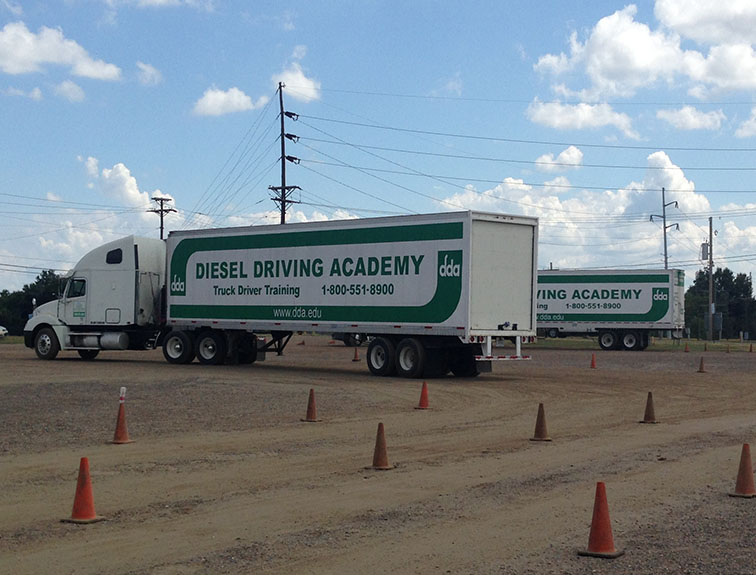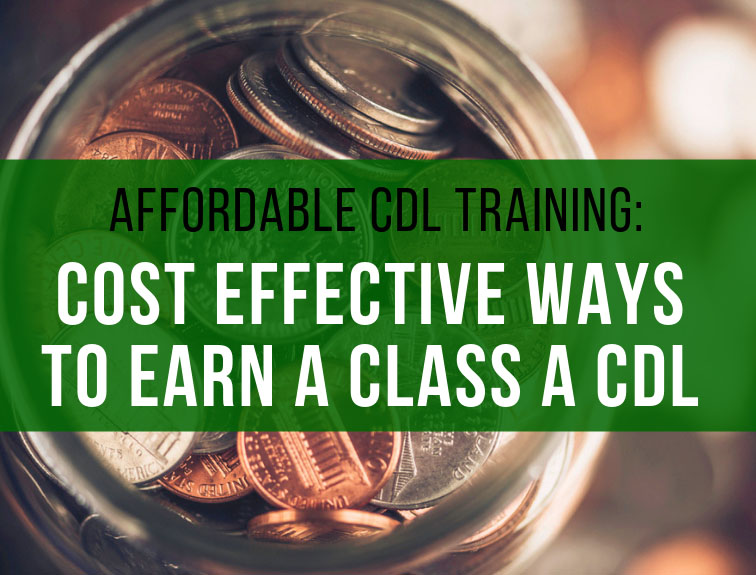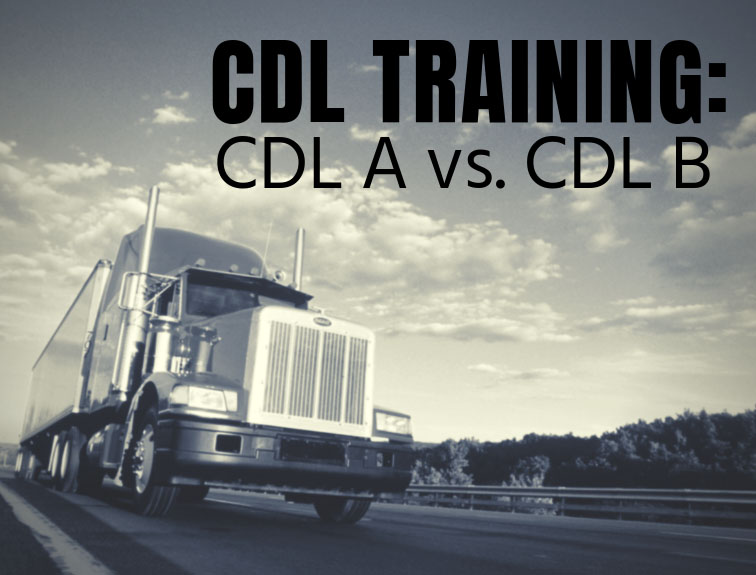CDL Training: It May Be Harder Than You Think

CDL Training is a fun and exciting time. It means the start of a new career path and new experiences. While you may be ready to get going right away, you also need to remember that your instructors still have much to teach you. You will have to demonstrate your learning before you can hit the road. Not taking CDL Training seriously could be detrimental when it comes time for you to take your CDL Test. Therefore, use these tips to help you stay focused and get the most out of your training.
Pay Careful Attention
Being a professional truck driver is a rewarding career, but it also comes with big responsibilities. You will be driving one of the biggest vehicles on the road and you will have other driver’s safety to account for. You need to make sure you are paying close attention to everything your instructor says during CDL training.
Tips For Class:
- Bring a notebook and pen to take notes
- Arrive on time and ready to learn
- Have good attendance
- Make friends with other students in the class. You can support and help each other study.
- Bring your best attitude to class every time. The more excited you are to be there, the more you’ll learn during your CDL training.
Ask Questions
If you are unsure of exactly what your instructor is saying, you should ask them to explain it in more detail. There is no such thing as a bad question. It is much better to ask questions and understand every aspect of the CDL training now before you hit the road. Also, instructors love to answer questions because it shows your interest in the topic and it allows them to share their knowledge with new students.
You Don’t Know It All
You may have been driving vehicles for many years now, but driving a truck professionally is a completely different story. There will be new rules and regulations you must follow. You will be responsible for the safety of not only you and the goods on your truck but also those driving around you. Staying humble during training with ultimately end up giving you the confidence you need when you are ready to hit the road.
Coming to CDL Driver Training with a positive, eager to learn attitude is the first step in having a successful driver training course. Students who understand the importance of listening and paying close attention to their instructors will excel in CDL Driver Training.
Diesel Driving Academy has been teaching students the ins and outs of CDL Training since 1972 and is one of the top driver training programs in Louisiana and Arkansas. We have day and evening programs to fit your busy schedule. If you are interested in starting your new career as a professional truck driver, contact us today to learn more or to enroll in our next class.










